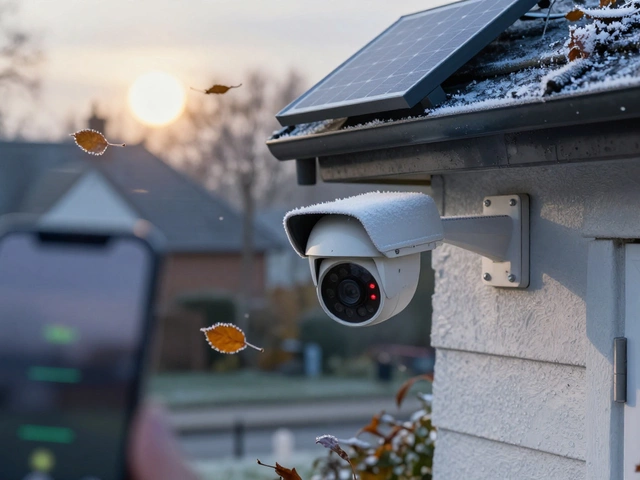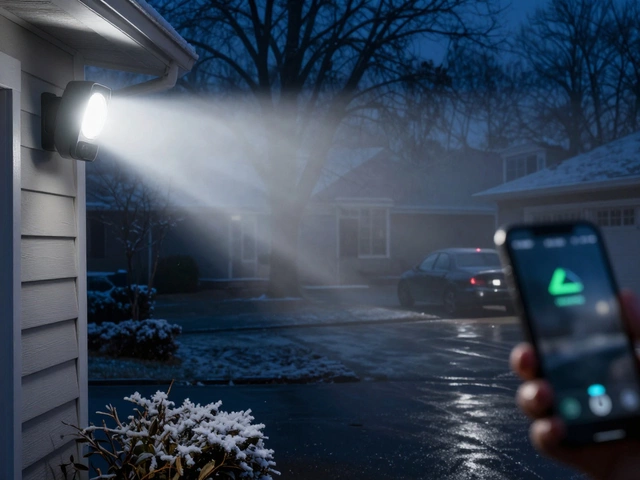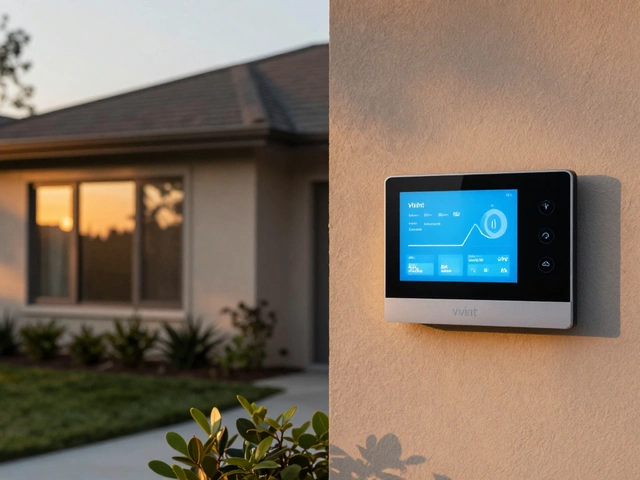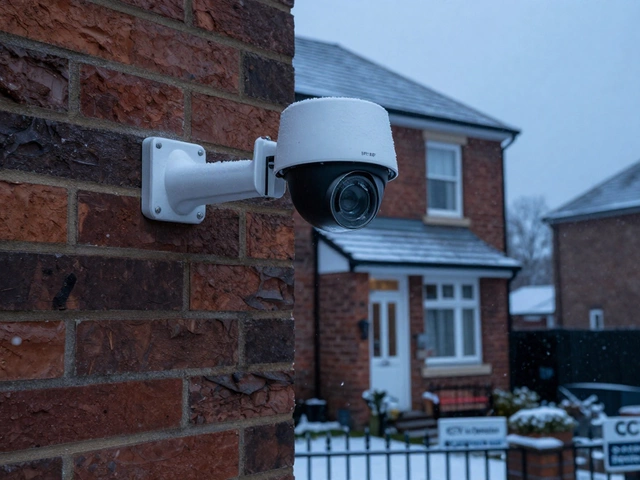Smart Video Doorbells – What You Need to Know in 2025
If you’re thinking about adding a video doorbell, you’re not alone. Homeowners across the UK love the peace of mind that comes with seeing who’s at the door, even when they’re not home. The market is packed with options, from battery‑run models you can stick on the wall to hard‑wired units that need a transformer. Below you’ll find the basics you need to pick the right doorbell, get it installed, and keep it secure.
Wired vs Battery – Which Is Right for You?
Wired doorbells pull power from your existing doorbell transformer, usually 16‑24 V AC. That means you never have to worry about the battery dying, but you’ll need a drill, some basic wiring skills, and possibly a professional if you’re not comfortable with electricity. Battery‑powered doors are much easier to mount – just snap them to the wall and they work. The trade‑off is you’ll need to charge or replace the battery every few months, depending on usage and temperature. In most UK homes, a 16 V transformer is already in place, so a wired model can be cheap to run once installed.
Installing and Securing Your Doorbell
Start by turning off the power at the fuse box – safety first. For wired units, strip the wires, connect the live and neutral to the doorbell terminals, and secure the mounting plate. Battery models skip that step; just attach the plate, snap the unit on, and follow the app’s pairing instructions. Once it’s up, connect it to your home Wi‑Fi. A 2.4 GHz network is usually recommended because most doorbells don’t support 5 GHz. Test the live feed on your phone, adjust the motion zones, and set up alerts so you’re not bombarded with notifications.
Privacy is a common worry. Most reputable brands use end‑to‑end encryption, but it’s still a good idea to change the default password, enable two‑factor authentication, and keep the firmware updated. The recordings are stored in the cloud; if you prefer local storage, look for models that support micro‑SD cards. Remember that the UK’s GDPR rules mean you should inform visitors that they’re being recorded, especially if you share footage with neighbours or a security service.
When choosing a model, focus on a few key specs: video resolution (1080p is standard), field of view (at least 160° for a good porch view), night‑vision quality, and battery life if you go cordless. Brands like Ring, Nest, and Arlo dominate the market, but there are UK‑based options such as Cycora and Blink that offer solid features at a lower price. Check if the doorbell works with your existing smart hub – many integrate with Alexa, Google Assistant, or Apple HomeKit.
Maintenance is simple. Clean the lens every few weeks to keep the image clear, especially after winter snow or summer dust. If you notice latency, move the router closer or add a Wi‑Fi extender. Battery‑run units benefit from a regular charge schedule; set a reminder on your phone so you never miss a cycle.
Bottom line: a smart video doorbell can boost security and convenience without breaking the bank. Decide whether wiring or battery fits your lifestyle, follow the basic install steps, protect your data, and you’ll have a reliable front‑door assistant for years to come.






